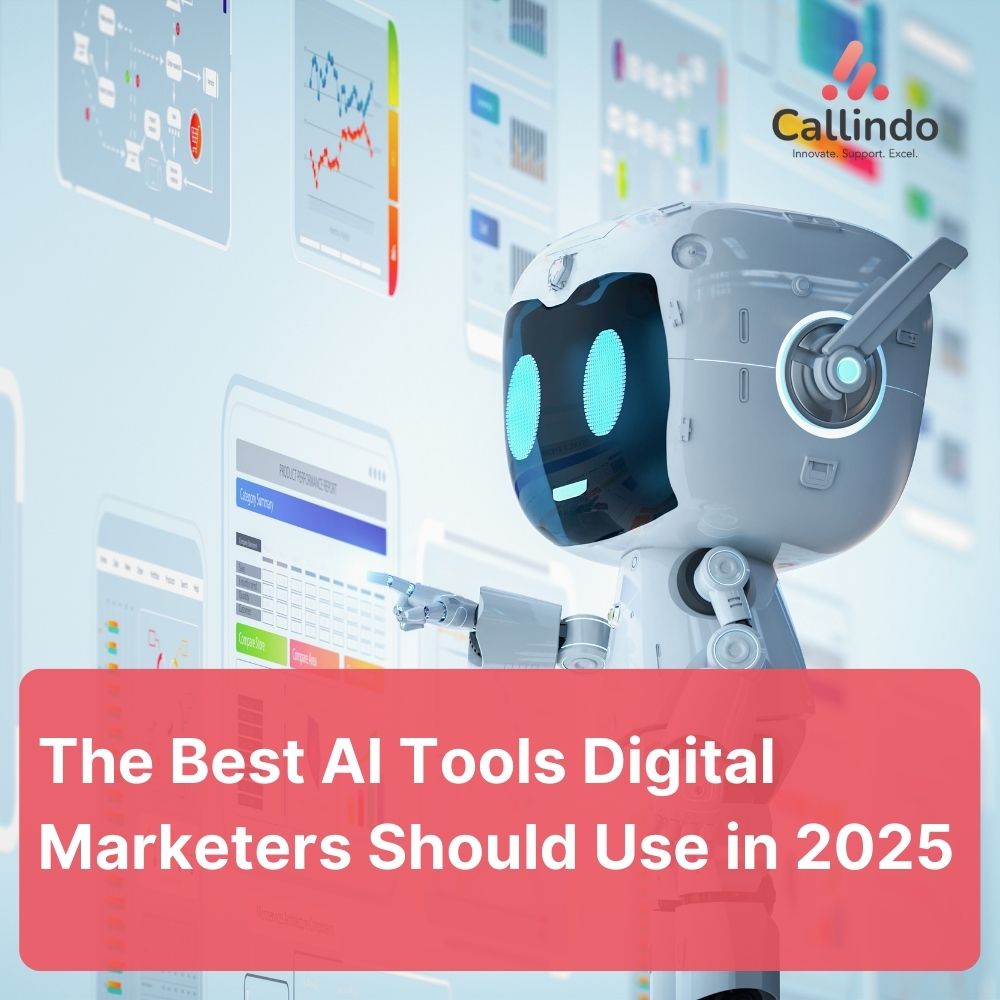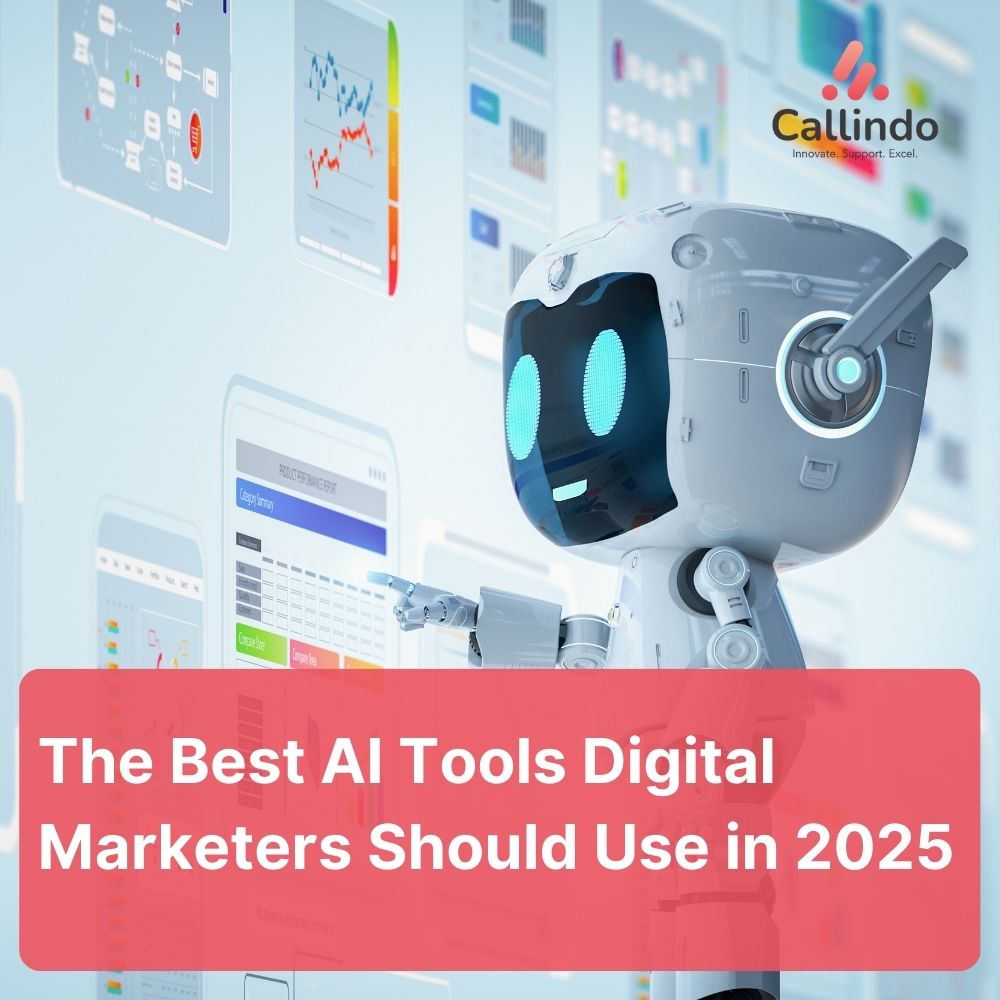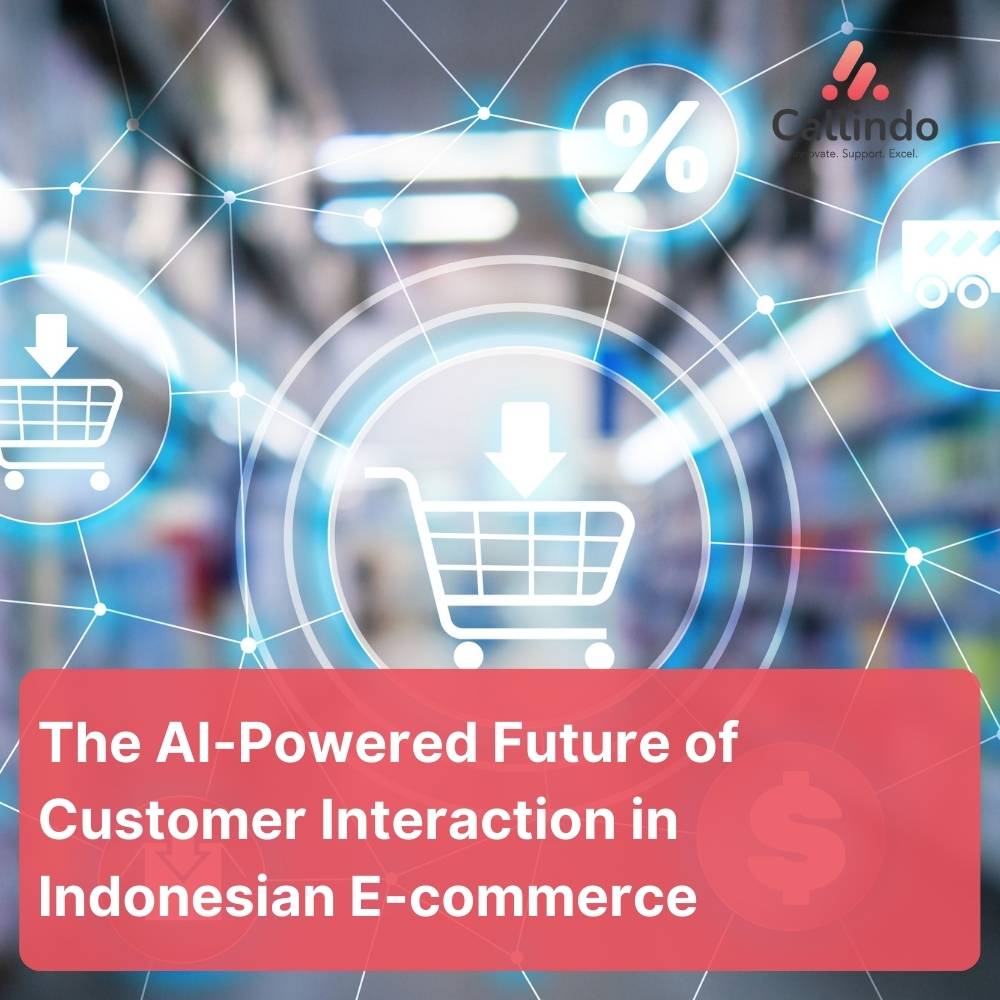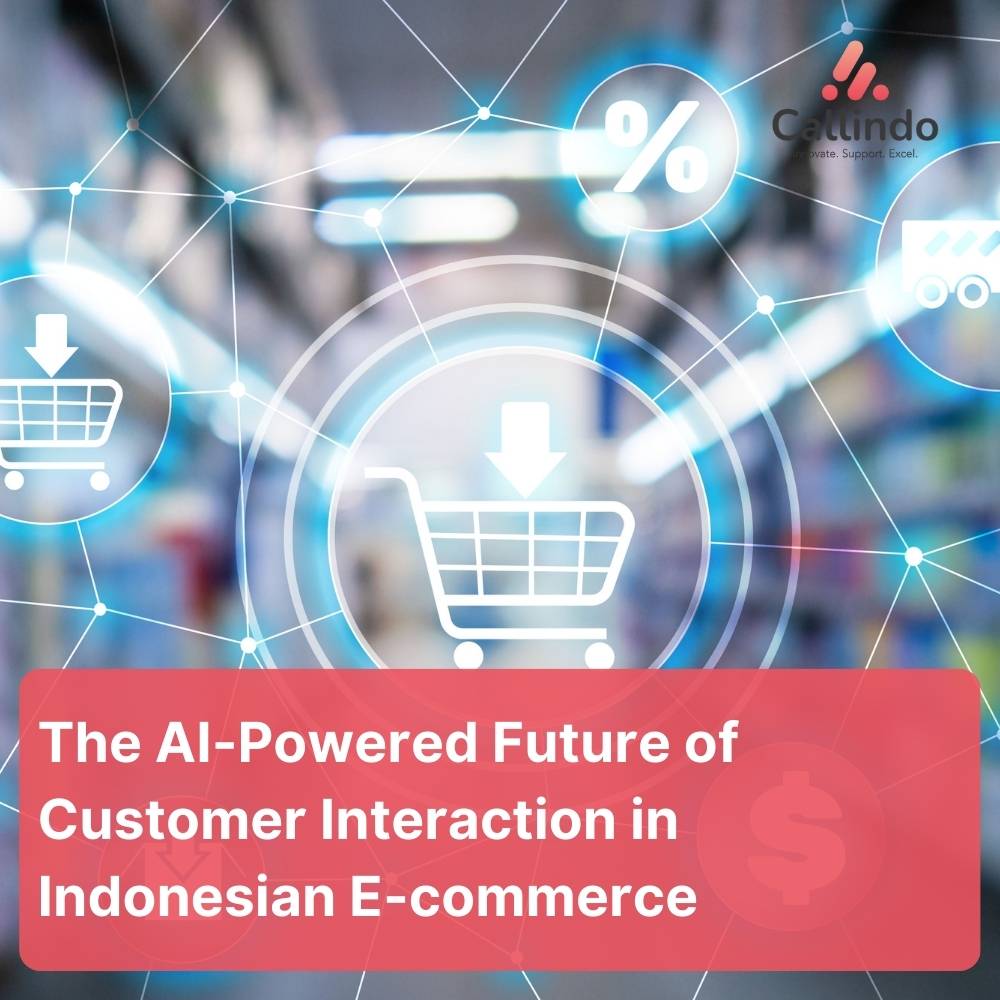在当今竞争激烈的商业环境中,深入了解客户是保持竞争力和持续增长的关键。实现这一目标的有效策略之一是客户生命周期管理 (CLM),该策略专注于在客户与企业的整个旅程中管理客户关系。
本文将涵盖:
- 什么是客户生命周期管理 (CLM)?
- 为什么这对印度尼西亚的企业至关重要?
- 企业如何有效实施 CLM?
- 在印度尼西亚应用 CLM 的案例研究和挑战。
让我们开始吧!

什么是客户生命周期管理 (CLM)?
客户生命周期管理(CLM) 是管理客户关系的整个过程,从最初的互动到长期的留存。这个生命周期通常包含五个关键阶段:
- 意识
潜在客户通过广告、社交媒体或推荐发现您的业务。 - 获得
顾客产生兴趣并决定尝试您的产品或服务。 - 转换
他们进行了首次购买并开始进一步与您的企业互动。 - 保留
我们实施策略来保持客户对您的品牌的参与度和忠诚度。 - 倡导
满意的客户会成为您的拥护者,向其他人推荐您的业务。
通过有效管理客户生命周期,企业可以创造积极的客户体验并最大化客户生命周期价值 (CLV)。
为什么客户生命周期管理对印度尼西亚的企业很重要?
印度尼西亚是一个快速增长的市场,数字消费者数量日益增长。以下是客户生命周期管理变得越来越重要的原因:
1. 提高客户忠诚度
积极主动地管理客户关系有助于企业确保客户满意度并防止客户转向竞争对手。
2.最大化客户终身价值
有效的客户生命周期管理策略允许企业通过提供根据客户需求定制的个性化体验来增加收入。
3.降低客户获取成本
保留现有客户比获取新客户更具成本效益。
4. 适应不断变化的市场
深入了解客户旅程使企业能够快速适应不断变化的消费者偏好和市场趋势。
5.改善客户体验
CLM 确保一致且引人入胜 客户体验 在所有接触点上,增强品牌信任。
有效的客户生命周期管理策略
如果印度尼西亚的企业想要成功实施客户生命周期管理,他们应该考虑以下步骤:
1. 确定客户生命周期的各个阶段
规划客户与您的业务从始至终的互动方式。每个业务可能根据其行业而具有不同的生命周期阶段。
2.有效利用客户数据
利用客户洞察来了解行为和偏好,从而实现数据驱动的决策。
3.个性化客户互动
提供有针对性的沟通和个性化建议,以增强客户参与度。
4. 自动化营销和客户服务流程
使用 CRM 平台和人工智能聊天机器人来提高管理客户关系的效率。
5.持续监控和优化您的 CLM 策略
定期分析绩效以找出差距并改进方法以获得更好的结果。
案例研究:印度尼西亚成功实施 CLM
印度尼西亚有多家企业成功运用了客户生命周期管理 (CLM)。一家领先的电商公司利用机器学习分析购物行为,最终取得了以下成果:
- 通过个性化的产品推荐提高转化率。
- 通过独家折扣计划提高客户忠诚度。
- 根据用户兴趣定制的更有效的数字营销活动。
通过采用数据驱动的方法,他们提高了客户保留率并最大化了客户价值。
印尼客户生命周期管理面临的挑战
尽管客户生命周期管理具有诸多优势,但也存在一些挑战,包括:
1.市场分化
印度尼西亚由来自不同地区的不同消费者群体组成,需要本地化的战略。
2. 先进技术获取渠道受限
并非所有企业都能使用复杂的客户关系管理工具。
3. 管理客户数据的复杂性
收集、存储和分析客户数据可能会非常困难,尤其是在没有集成系统的情况下。
客户生命周期管理 (CLM) 是一项战略投资,能够显著提升印度尼西亚的客户体验、忠诚度和业务增长。通过有效管理客户旅程的每个阶段,企业可以提高满意度并最大化长期收入。
如果您的企业想要优化其客户生命周期管理策略, Callindo.com 提供人工智能聊天机器人和集成客户管理解决方案,帮助您取得成功。
立即联系我们进行免费咨询,了解我们的解决方案如何通过有效的客户生命周期管理方法帮助您的业务蓬勃发展!






